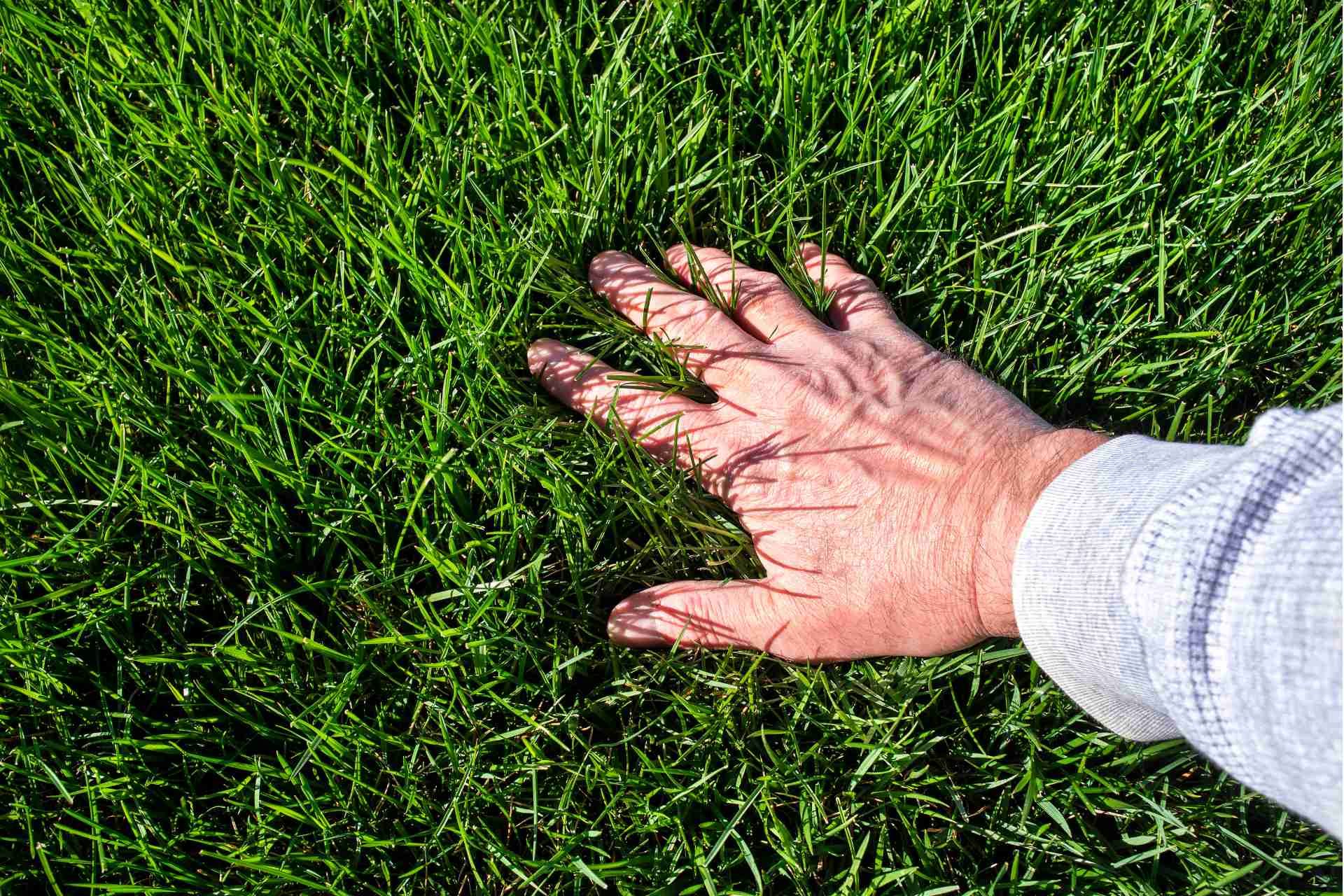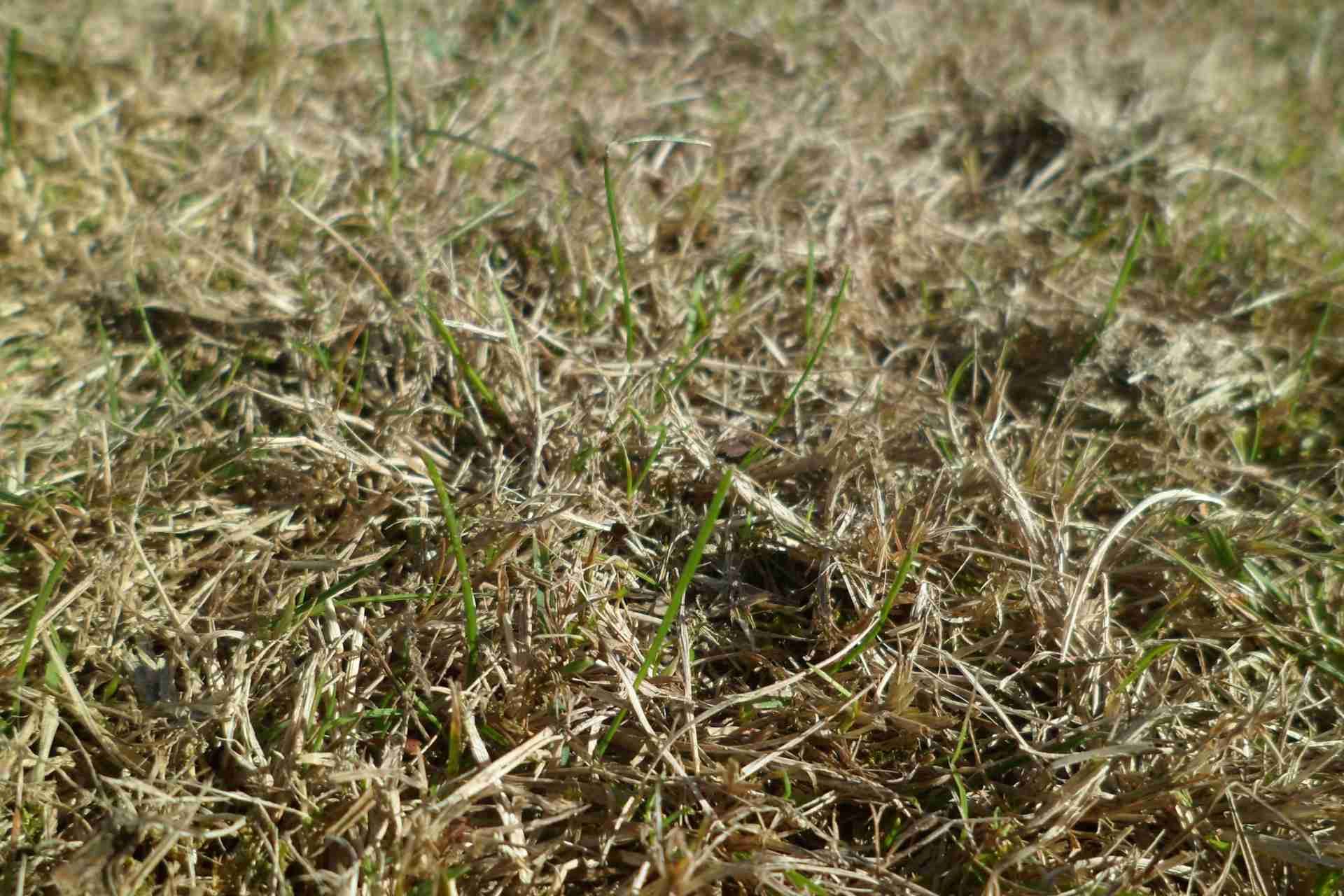How to Build a Lawn Care Schedule Using Organic Methods

Building a lawn care schedule using organic methods can seem daunting, but it doesn't have to be. By understanding your lawn's unique needs and making informed choices about soil health, watering, and fertilization, you can create a lush, vibrant yard. You'll want to consider factors like soil testing and seasonal tasks to ensure your lawn thrives. Let's explore how to tailor your approach for the best results.
Understanding Your Lawn's Unique Needs
When you take the time to understand your lawn's unique needs, you'll set the stage for a thriving outdoor space.
Start by observing the sunlight and shade patterns, as these factors directly impact grass growth. Identify the grass type you have, since different varieties require distinct care.
Pay attention to how your lawn responds to weather changes—some areas may dry out faster than others. Consider your lawn's traffic; high-traffic zones need special attention and possibly more resilient grass types.
Lastly, watch for signs of stress, like discoloration or thinning. By recognizing these elements, you'll create a tailored care plan that nurtures your lawn, leading to a lush, green oasis that enhances your home's beauty and your outdoor enjoyment.
Soil Testing and Amendment
To ensure your lawn thrives, soil testing is essential, as it reveals the nutrient levels and pH balance crucial for healthy grass growth.
Start by collecting samples from different areas of your lawn, mixing them together for an accurate representation. Send these samples to a testing lab or use a DIY kit for quick results.
Once you have your soil's nutrient profile, you'll know what amendments your lawn needs. If your soil's pH is too low or high, consider adding lime or sulfur to adjust it.
For nutrient deficiencies, opt for organic amendments like compost or well-rotted manure.
Regular testing every few years will help you maintain optimal conditions for your grass, leading to a lush, vibrant lawn.
Choosing the Right Organic Fertilizers
How do you choose the right organic fertilizers for your lawn? Start by understanding your soil's needs.
After conducting a soil test, look for fertilizers that provide the specific nutrients your lawn requires, like nitrogen, phosphorus, and potassium. You can choose from options like compost, bone meal, or fish emulsion, which enrich your soil naturally.
Consider the slow-release nature of organic fertilizers; they feed your lawn over time, promoting healthy growth without the risk of chemical burn.
Always follow the recommended application rates to avoid over-fertilizing.
Lastly, check for certifications to ensure the product is genuinely organic.
Establishing a Watering Schedule
With the right organic fertilizers in place, the next step is establishing a consistent watering schedule.
Start by assessing your lawn's needs based on its grass type and climate. Generally, aim for about one inch of water per week, either through rainfall or irrigation.
Early morning is the best time to water, as it minimizes evaporation and allows grass to absorb moisture throughout the day. Use a rain gauge to measure how much water your lawn receives, adjusting your schedule during dry spells or rainy periods.
Remember, deep watering encourages deeper root growth, so water thoroughly but less frequently.
Keep an eye on your lawn's color and texture; if it starts to look dull or stressed, it might need more attention.
Mowing Techniques for a Healthier Lawn
Although mowing may seem straightforward, using the right techniques can significantly enhance your lawn's health.
Start by keeping your mower blades sharp; dull blades can tear grass, leading to stress and disease. Aim to mow when the grass is dry to avoid clumping and uneven cutting.
Change your mowing pattern regularly to prevent soil compaction and encourage upright growth. It's best to follow the one-third rule: never cut more than one-third of the grass height at once. This practice helps maintain strong roots and promotes healthier grass overall.
Finally, consider leaving grass clippings on the lawn as a natural fertilizer. These small changes can make a big difference in achieving a lush, vibrant lawn.
Natural Pest Control Methods
Maintaining a healthy lawn goes beyond mowing; it also involves protecting it from pests without harsh chemicals.
Start by introducing beneficial insects like ladybugs and lacewings, which naturally prey on pests. You can also use neem oil or insecticidal soap as effective treatments for common infestations.
Keep your lawn healthy with proper watering and fertilization, as a robust lawn is less susceptible to pests. Consider planting companion plants like marigolds or garlic that deter unwanted insects.
Regularly inspect your lawn for early signs of pest activity, so you can act quickly. Lastly, maintaining proper lawn care practices and creating a balanced ecosystem will help you manage pests naturally, ensuring your lawn thrives without toxic chemicals.
Aeration and Dethatching
A healthy lawn requires regular aeration and dethatching to promote optimal growth.
Aeration involves creating holes in the soil to allow air, water, and nutrients to reach the roots. You should aerate your lawn at least once a year, ideally during the growing season when the grass is actively growing.
Dethatching removes the layer of thatch—dead grass and organic matter—preventing water and nutrients from penetrating the soil. Use a dethatching rake or machine for effective removal.
Aim to dethatch when your lawn is moist but not soggy, which makes the process easier.
Overseeding for Thick, Lush Grass
To achieve a thick, lush lawn, overseeding is a crucial step that rejuvenates your grass by introducing new seed varieties.
First, choose high-quality seeds that match your existing grass type for best results. After aerating your lawn, spread the seeds evenly across the soil, ensuring good seed-to-soil contact. You can use a broadcast spreader for an even distribution.
Water the area lightly after overseeding to keep the soil moist, but avoid over-saturating. It's important to keep foot traffic low during the germination period to protect the new seedlings.
With consistent care and a little patience, you'll notice your lawn thickening within a few weeks, providing the lush green space you desire. Enjoy the transformation!
Seasonal Lawn Care Tasks
After overseeding, it's important to follow a seasonal lawn care schedule to keep your grass healthy and thriving.
In spring, focus on fertilizing with organic options and mowing regularly to encourage growth.
During summer, ensure your lawn receives adequate water, ideally in the early morning, to prevent stress.
As fall approaches, consider aerating the soil and adding compost to boost nutrient levels. Don't forget to rake leaves to prevent mold and disease.
Lastly, in winter, protect your lawn by avoiding heavy foot traffic on frozen grass and planning for spring tasks, like soil testing and planning your fertilization schedule.
Each season presents unique tasks that help maintain a vibrant, organic lawn.
Monitoring and Adjusting Your Schedule
While maintaining a healthy lawn, it's crucial to monitor and adjust your care schedule based on changing conditions. Observe your grass's growth and health regularly. If you notice yellowing or thinning, it might signal the need for more nutrients or water.
Keep an eye on weather patterns—droughts may require increased watering, while heavy rains could mean cutting back on fertilization.
Also, pay attention to seasonal changes; different grasses thrive at different times. Adjust your mowing height and frequency accordingly.
Lastly, don't hesitate to experiment with organic fertilizers and pest control methods as needed. By staying proactive and flexible, you'll ensure your lawn remains vibrant and healthy throughout the year.
Conclusion
By following these organic lawn care methods, you'll create a thriving, healthy lawn that's tailored to its unique needs. Regular soil testing, smart watering practices, and seasonal tasks like aeration and overseeding will keep your grass lush and vibrant. Stay attentive to your lawn's changes and adjust your schedule as needed. With a little patience and commitment, you'll enjoy the beauty of an environmentally-friendly yard that enhances your outdoor space for years to come.









